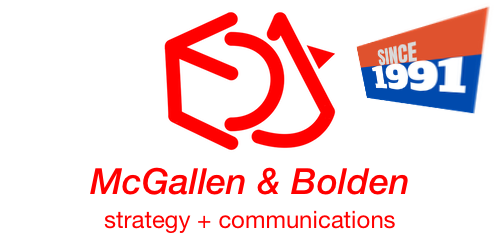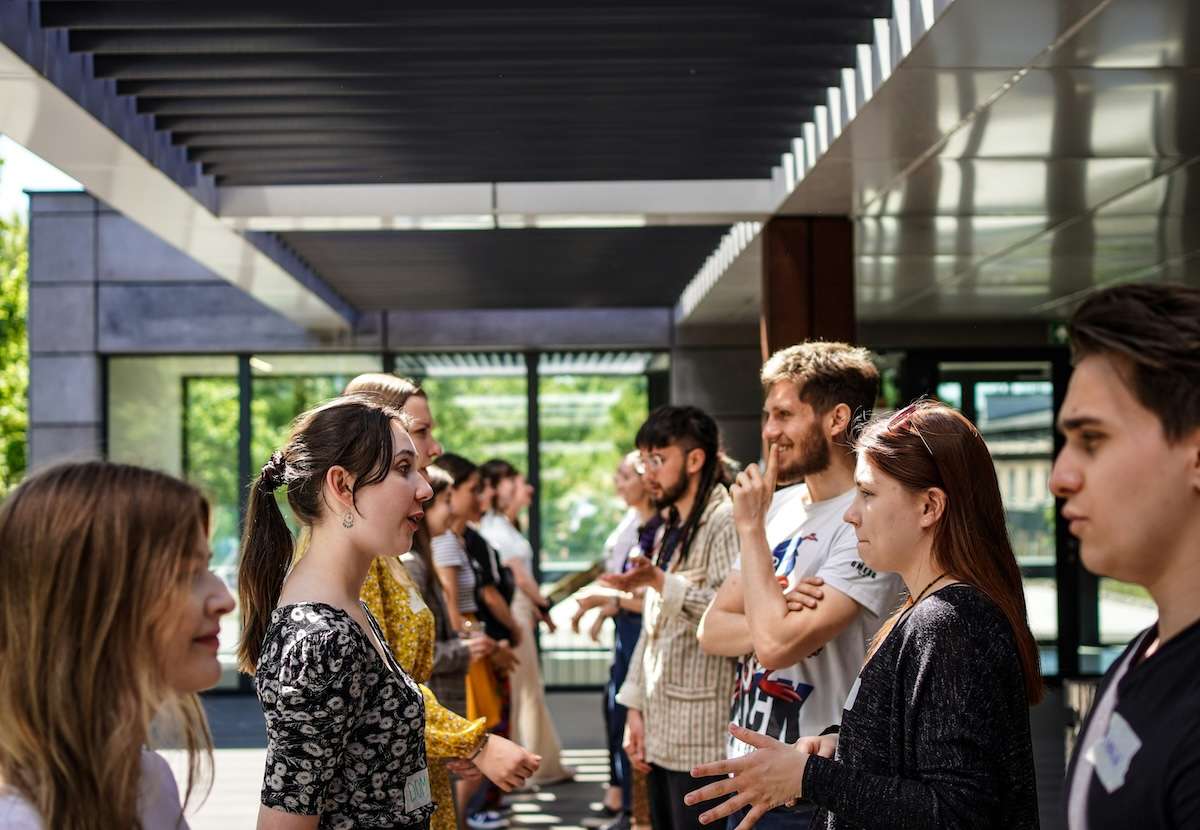First off, I generally dislike meetings. Meetings mostly end up being unproductive. I get things done, fast. And the fastest way between 2 points, is to get it done instead of nuancing ad nauseam with a committee of people.
Meetings seem like a necessary evil. This piece below gives a very rough brief on what collaborative meetings might look like. However, I found that, in my work as a csuite facilitator and mentor over decades, great, productive meetings, looked like these:
1) Physical
Yes, forget “virtual. The best meetings that produce results are real, face-to-face meetings. Nothing like close proximity and eye contact to get trust and confidence issues out of the way. You can put a round table of executives in a room, get a really competent facilitator to moderate such meetings, steer the folks well, and you end up with good results.
2) Focus
The best meetings need focus, a central theme, and a relentless and competent facilitator to steer the folks in a harmonious and singular direction. Never allow meetings to have too many items on the agenda.
3) Whiteboard
Yes, forget slides on laptops and projectors. They put people to sleep, especially C-suite and senior executives. Get a simple whiteboard, and your smartphone ready. A good facilitator knows how to pen down the initial ideas to bounce around, and then engage the executives to share their ideas around the table, and jot down on the whiteboard. Feel free to erase, edit, circle, connect the dots on the whiteboard. It works.
4) Question
Facilitation is an art, not a template. A good facilitator knows just how to get the deepest thoughts out of people, like an FBI agent might. Throw questions to the executives, and keep questions open-ended that demand sufficiently long answers.
5) Connected
Yes, while the whiteboard is central to an engaging meeting, there is also a need for a laptop or smartphone connected to the Internet. Simple. Some questions need answers, and some answers need validation. When there is doubt, use the connected device to find out plausible or proven answers, and then refine the discussion.
6) Summary
Summarize the findings and conclusions, and note down questions and problems that need further redress, offline. Make sure everyone at the table gets the meeting summary quickly, in bullet points rather than lengthy transcripts. These are C-suite, and they have NO time for verbose.
For productive meetings, it is important to have a competent facilitator to lead, preferably NOT the direct supervisor of the folks at the meeting. And, keep meetings on time, and short. Nobody has the attention span of saints.
PS – If your company needs a Red Team (“devil’s advocate), or a meeting facilitator, contact us. Do also check out https://seamusphan.com.

Dr Seamus Phan – Global C-suite Publicist & Strategist (Biochemist, Cybersecurity & Webdev pioneer, Author, Journalist) with 37 years of professional field experience.




